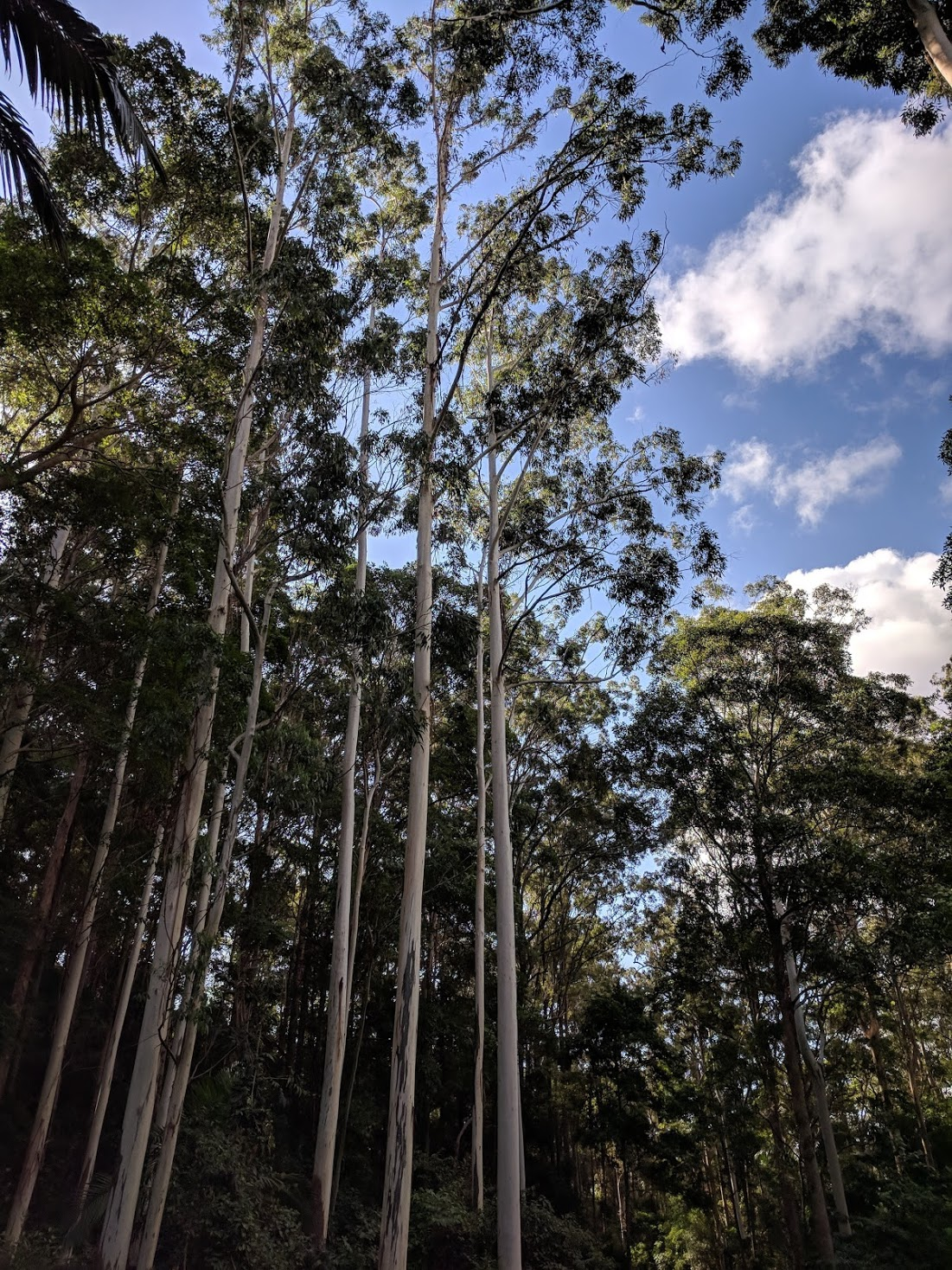Plantation Forestry Modelling Update
The Eucalyptus model was recently expanded to include the temperate genotypes E. globulus and E. nitens, the validation for which was based mainly on Australian datasets. In addition, more detailed stem metrics include underbark values for wood weight and volume.
A new Pinus model has been released that is very similar in structure to the Eucalyptus model, and is based on datasets for temperate, tropical and sub-tropical genotypes in Australia, New Zealand, and USA. These models are being used in projects that are exploring plot-level yield gap analyses and modelling that hybridizes (model-data fusion) remotely sensed data, APSIM process-based modelling, and current inventory and empirical forecasting systems. In one analysis that is helping to build confidence in the use of APSIM for plantation yield forecasting, and without further calibration, simulation of E. globulus productivity in the south-west of Western Australia realistically reproduced the observed interactive effects of contrasting climates, soils (including soil N concentrations and soil depth), survival, N fertiliser rates, and initial water content.
Training options for plantation forestry simulations have been boosted by the availability of self-guided training materials that are available on-line at: https://www.apsim.info/support/apsim-training-manuals/ Following these materials can bring a user with no previous experience of APSIM to a stage of being able to import observed data and calibrate soil parameters to achieve acceptable model skill for a particular application. Several industry staff, consultants and researchers have already been trained using these materials.

